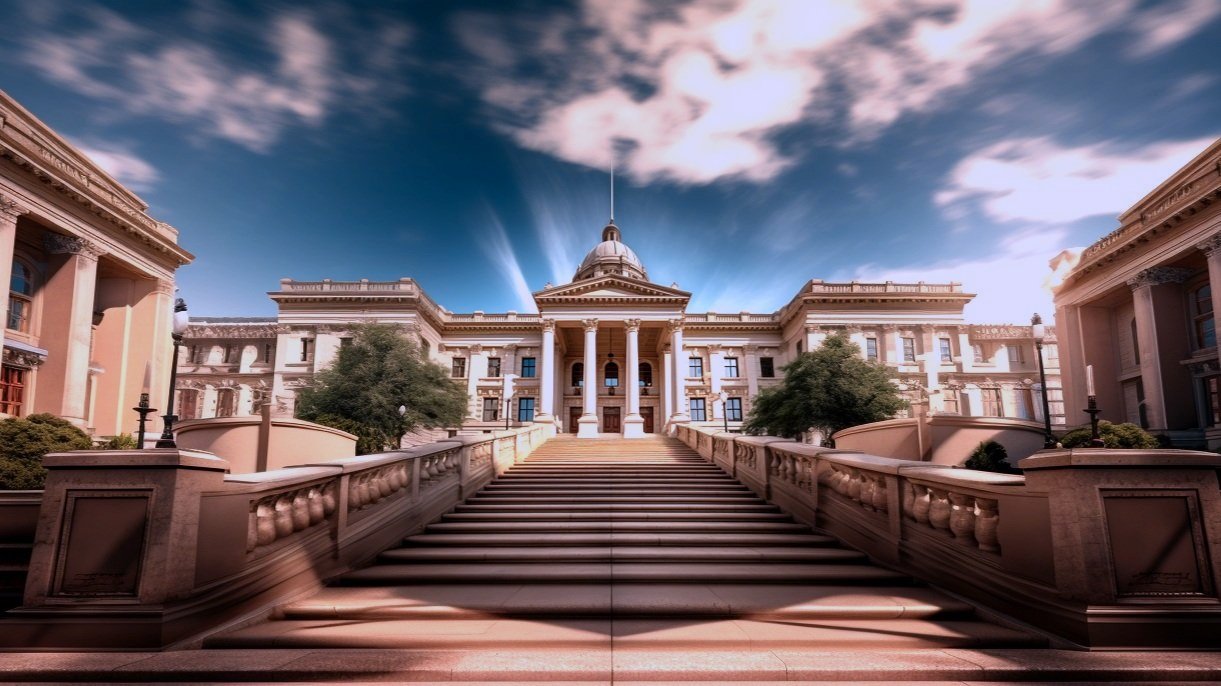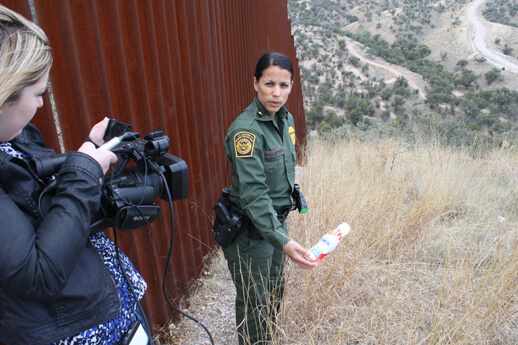Legal Videography: Changing the Method Evidence is Captured and Presented
Digging Into the Systems of Lawful Videography: Unveiling Its Procedure in Shielding Authentic Visual Testament for Judicial Process
In the realm of judicial proceedings, the duty of lawful videography stands as a foundation in maintaining and presenting visual proof. As innovation continues to development, the devices behind legal videography have actually come to be significantly detailed, offering an essential layer of credibility to statements captured on video.
Historic Development of Lawful Videography
Checking out the historical development of legal videography reveals a considerable improvement in the recording and discussion of aesthetic proof within the legal landscape. In the past, lawful procedures greatly counted on composed photos and records to record occasions and provide evidence. Nevertheless, with the arrival of video clip technology, the legal market experienced a standard change in exactly how visual statement was recorded and offered.
The development of legal videography can be traced back to the late 20th century when improvements in video clip recording devices made it a lot more easily accessible for use in courts. This technological improvement not only improved the accuracy and reliability of visual proof yet additionally changed the means situations were provided to juries and courts (Legal Videography). Lawyers began to recognize the persuasive power of video clip recordings in sharing feelings, nuances, and non-verbal cues that created records or photos alone can not catch successfully

Technology Developments in Video Documentation
What crucial technological improvements have transformed video clip documentation in the lawful field? The lawful field has actually seen significant improvements in video documents innovation that have boosted the authenticity and integrity of visual proof in judicial process.
Furthermore, advancements in video security and watermarking technologies have actually bolstered the safety and tamper-proof nature of video clip evidence, securing it against unapproved changes or tampering. Moreover, the arrival of cloud storage options and remote accessibility capabilities has streamlined the storage, access, and sharing of video clip proof, helping with seamless cooperation amongst lawful professionals and making sure reliable accessibility to crucial visual statements when required. These technical improvements in video clip documents have actually undoubtedly revolutionized the legal field, enhancing the precision, reliability, and admissibility of visual evidence in judicial process.
Duty of Legal Videographers in Courtroom Setups
The advancement of video clip documentation technology in the legal field has actually demanded a vital function for legal videographers in court room setups, making sure the stability and reliability of aesthetic statements presented throughout judicial proceedings. Lawful videographers play an essential role in recording and protecting accurate aesthetic evidence that can be essential in court situations. Their responsibility includes setting up tools, tape-recording proceedings, and creating top quality video clips that accurately reflect the occasions in the court.
Additionally, legal videographers commonly This Site function closely with legal teams to guarantee that the video proof lines up with the instance's needs and can be properly presented in court to support the legal arguments being made. In general, the function of legal videographers Full Article in court settings is vital in promoting the concepts of justice and making certain the openness of lawful process. Legal Videography.

Ensuring Admissibility and Integrity of Video Proof
To maintain the trustworthiness of aesthetic evidence presented in legal process, ensuring the admissibility and stability of video clip proof is a vital duty for lawful videographers. Admissibility refers to the acceptance of proof by the court, and for video clip proof to be admissible, it should satisfy particular criteria. Legal videographers play an important function in making certain that the video clips they capture abide by the guidelines of proof, such as dependability, importance, and authenticity.
Integrity of video clip evidence includes preserving the creativity and precision of the video footage from the time it is taped up until it is offered in court. This consists of firmly keeping the video files, documenting the chain of custodianship, and stopping any type of tampering More about the author or alterations. Legal videographers must abide by stringent procedures to ensure the integrity of the video proof and stop any type of challenges to its credibility.
Future Trends in Legal Videography
Offered the boosting reliance on technology in lawful procedures, legal videographers are positioned to accept innovative innovations forming the future of visual testament capture and discussion. One of the noticeable fads coming up is the combination of online reality (VIRTUAL REALITY) and increased reality (AR) modern technologies into legal videography. These modern technologies have the potential to change exactly how visual proof exists in court rooms, enabling courts and juries to submerse themselves in the scene of the criminal offense or incident.
Moreover, making use of expert system (AI) formulas for video clip analysis is expected to streamline the procedure of evaluating and assessing big quantities of video footage. AI can help in identifying crucial moments, anomalies, and patterns within video clips, enhancing the effectiveness of lawful investigations.

Verdict
To conclude, legal videography has played a crucial duty in offering genuine visual proof for judicial proceedings. With technological innovations and the knowledge of legal videographers, the honesty and admissibility of video proof are made certain in court setups. As legal videography continues to advance, it will be vital to copyright requirements that keep the accuracy and dependability of aesthetic testimony for the future of legal procedures.
Checking out the historical progression of lawful videography discloses a significant improvement in the recording and discussion of visual evidence within the lawful landscape.The advancement of video paperwork innovation in the lawful area has actually necessitated a vital duty for legal videographers in courtroom settings, making sure the honesty and integrity of visual testimonies presented during judicial procedures. Furthermore, lawful videographers usually function closely with lawful groups to make sure that the video clip proof straightens with the instance's needs and can be properly offered in court to sustain the lawful debates being made.To keep the credibility of visual proof offered in lawful procedures, making sure the admissibility and stability of video evidence is a vital obligation for legal videographers. As lawful videography proceeds to advance, it will certainly be crucial to promote requirements that preserve the accuracy and reliability of aesthetic testament for the future of legal procedures.